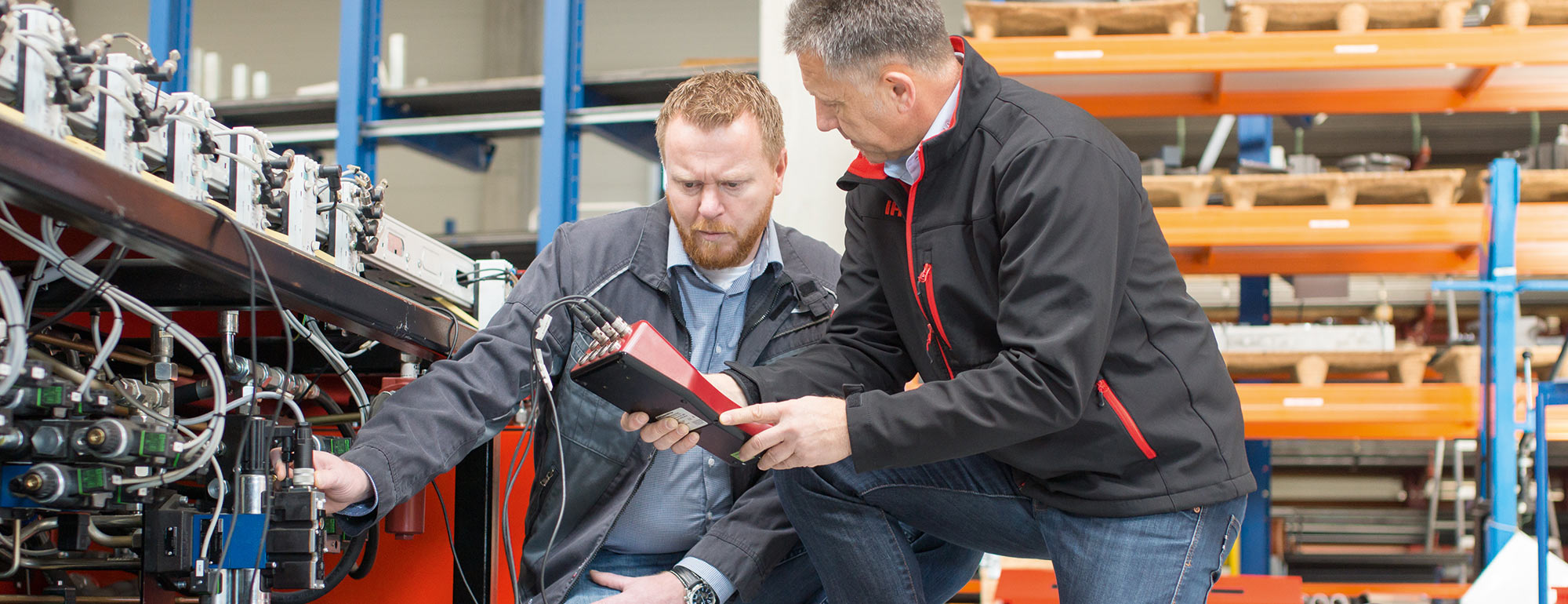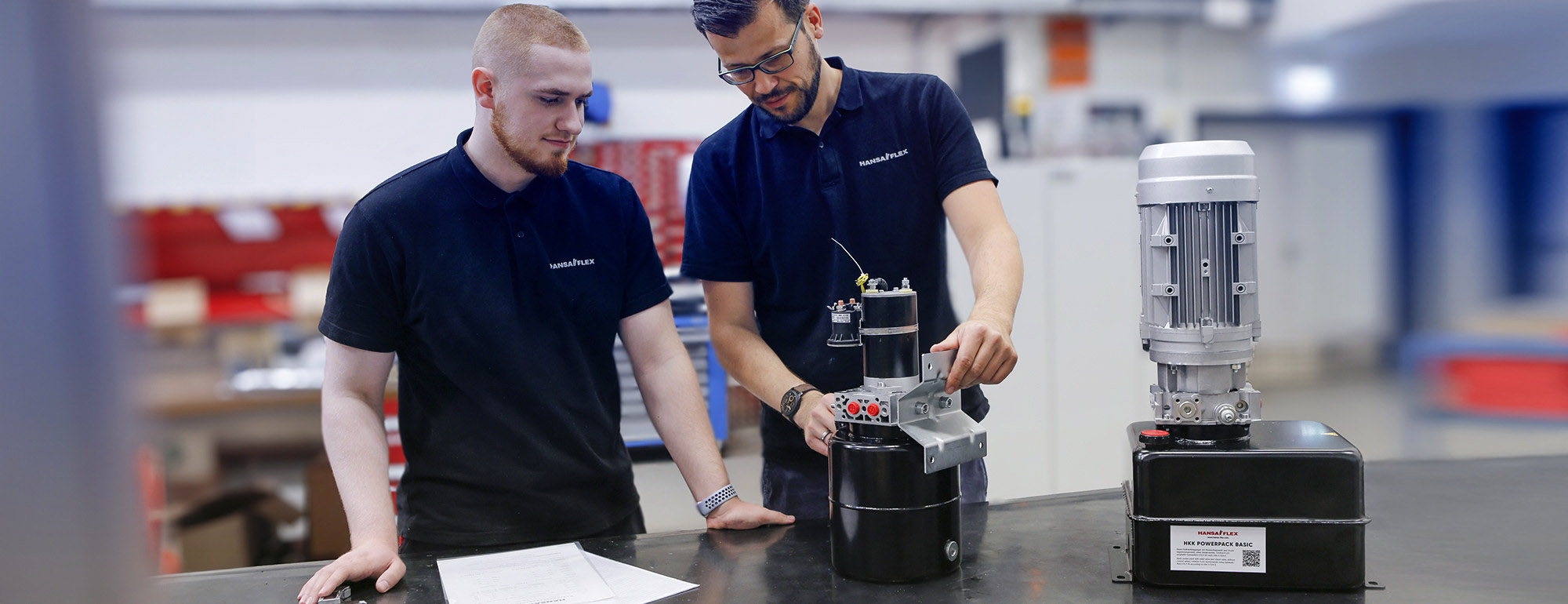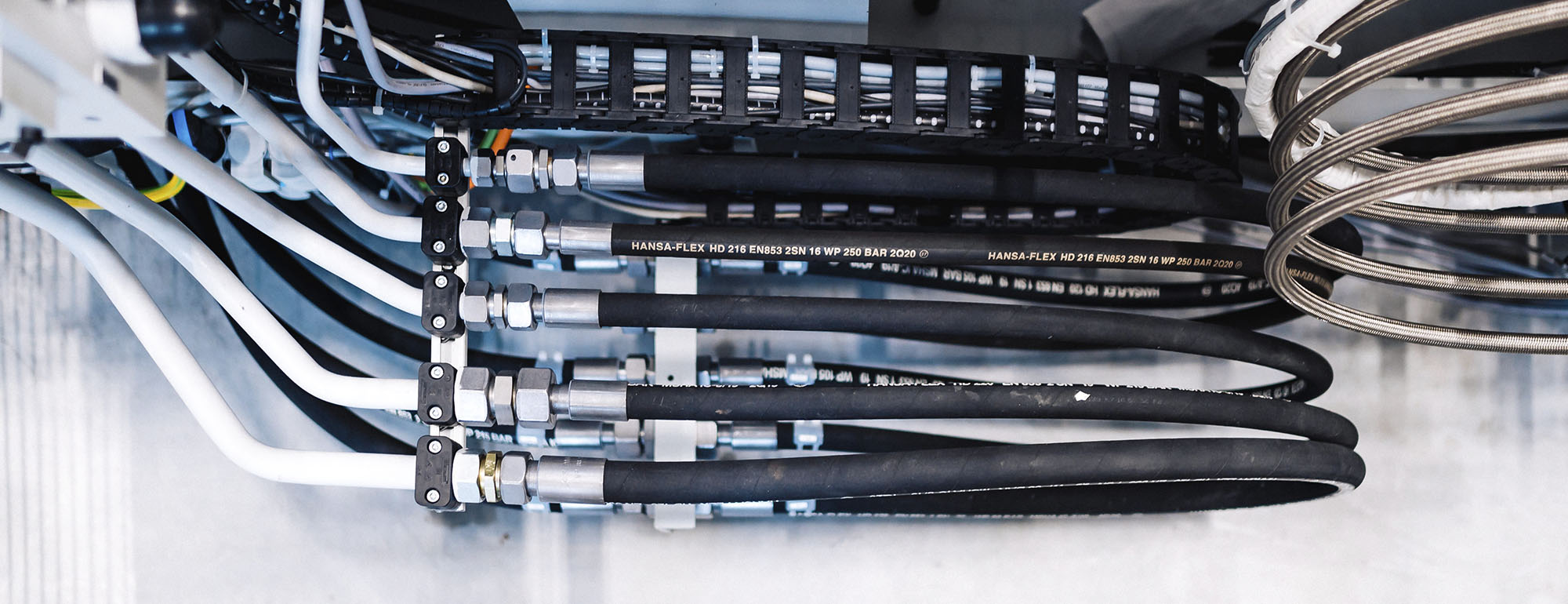- Does the oil temperature in the tank often exceed 60°C?
- Are some valves in the hydraulic system significantly hotter than others?
- Are negative/pulling loads often moved (load direction operates in the direction of movement)?
- Are flow control valves (throttles, flow regulating valves, proportional valves) installed?
- Are several consuming units supplied simultaneously by one pump?
-

Robert Becker
Test engineer and fluid technology trainer
International Hydraulics Academy (IHA)




